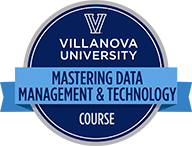Who Should Register?
Whether you’re a strategic decision maker, project manager, business analyst, market researcher or IT professional, this course can provide you with a solid understanding of critical business intelligence topics. With subjects including best practices in data modeling, data architecture and performance management, you can gain the skills needed for success in today’s highly competitive global data analytics market.


